US Senate elections 2020: Crucial poll we’ve forgotten about
Alongside the US presidential race, there’s another taking place and it could have an even bigger long-term impact than the Trump-Biden show.
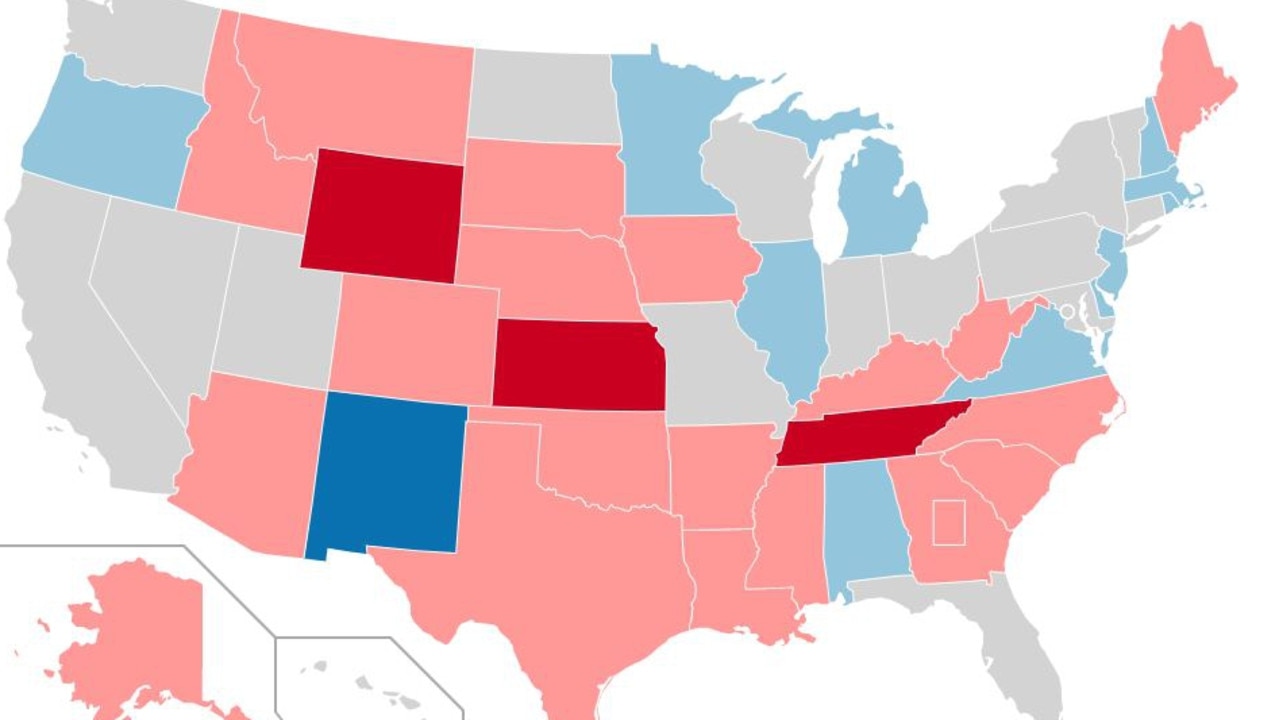
All eyes are on the US presidential election – but slipping, almost under the radar, are two other polls which could have a dramatic effect on the ability of either Donald Trump or Joe Biden to lead.
On November 3, Americans won’t just be choosing a president, they will also be selecting who will represent them in the House of Representatives and – for many voters – the Senate too.
The House of Reps is already controlled by the Democrats, under Nancy Pelosi, and it’s expected to remain that way. The Senate, however, is a whole other story.
The Senate is currently in Republican hands, and that’s been very useful to Mr Trump. But if the Democrats can gain just four, maybe even three, extra seats they will wrestle it back.
If that happens, a re-elected President Trump will find it even harder to pass legislation. Conversely, if Mr Biden prevails in the presidential poll and the Democrats control both houses there is little to stop him stamping a huge mark on American politics for years to come.
“There’s a possibility that this night could be very, very bad for Republicans,” said one election pundit.
RELATED: America’s confusing voting system explained
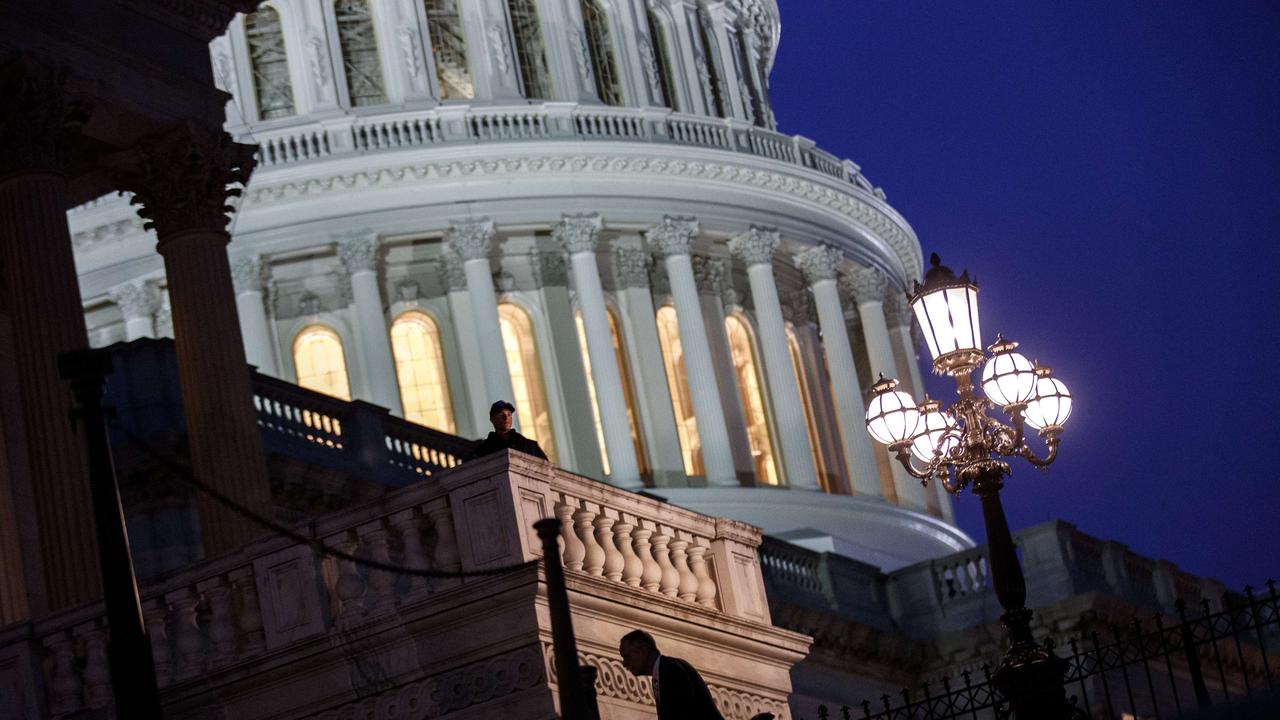
The US Senate, similar to Australia’s Senate, is the upper house of parliament. Its main role is to scrutinise legislation.
But it also has a host of powers all of its own. Treaties with foreign countries proposed by the President have to be given the nod by the Senate. It can also delay and frustrate the passage of other legislation.
The Senate plays the key role in impeachments. Crucially, it oversees presidential appointments such as federal judges.
The confirmation late last month of Mr Trump’s pick for the Supreme Court, Amy Barrett, which could lock in a conservative majority on the bench for decades, was possible because the Senate was in Republican hands.

HOW DO SENATE ELECTIONS WORK?
Elections to the Reps and Senate have nothing to do with the fiendishly complex Electoral College method that elects the president. Seats in the Reps are shared out equally among states based on their population, but the Senate is different.
In the upper house, each state gets two senators and two senators only – regardless of population size. With 50 states that totals 100 senators.
This system means tiny Wyoming, the smallest state by population, has one senator per approximately 275,000 residents. California, in contrast, has one senator for every 20 million residents.
That may seem unfair but it was decided in article one of the US Constitution back in 1787 in order to ensure the voices of smaller states weren’t drowned out by the bigger ones – so it’s unlikely to change any time soon.
RELATED: Biden’s long fight to take on Trump
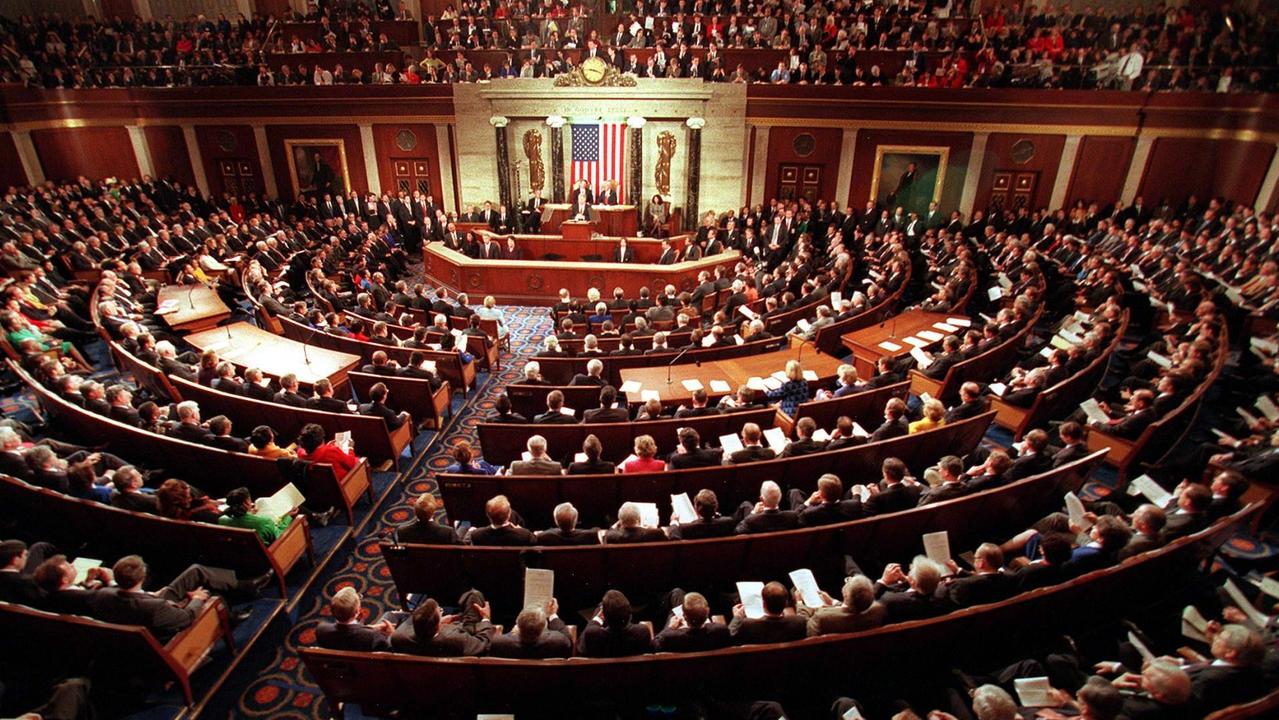
The current makeup of the Senate is 53 Republican and 47 Democratic with two independents which tend to side with the Democrats.
Not all the senate seats are up for grabs – in 2020 only a third are.
Every two years, 33 or 34 senators at a time stand for re-election with every other poll coinciding with a presidential election. So it takes six years – or three Senate elections – to cycle through all the seats.
Some big states, such as California, Florida and New York, have no upper house seats up for grabs this time around. But seats in Texas, Maine, Iowa, the Carolinas and a host of other states are in play.
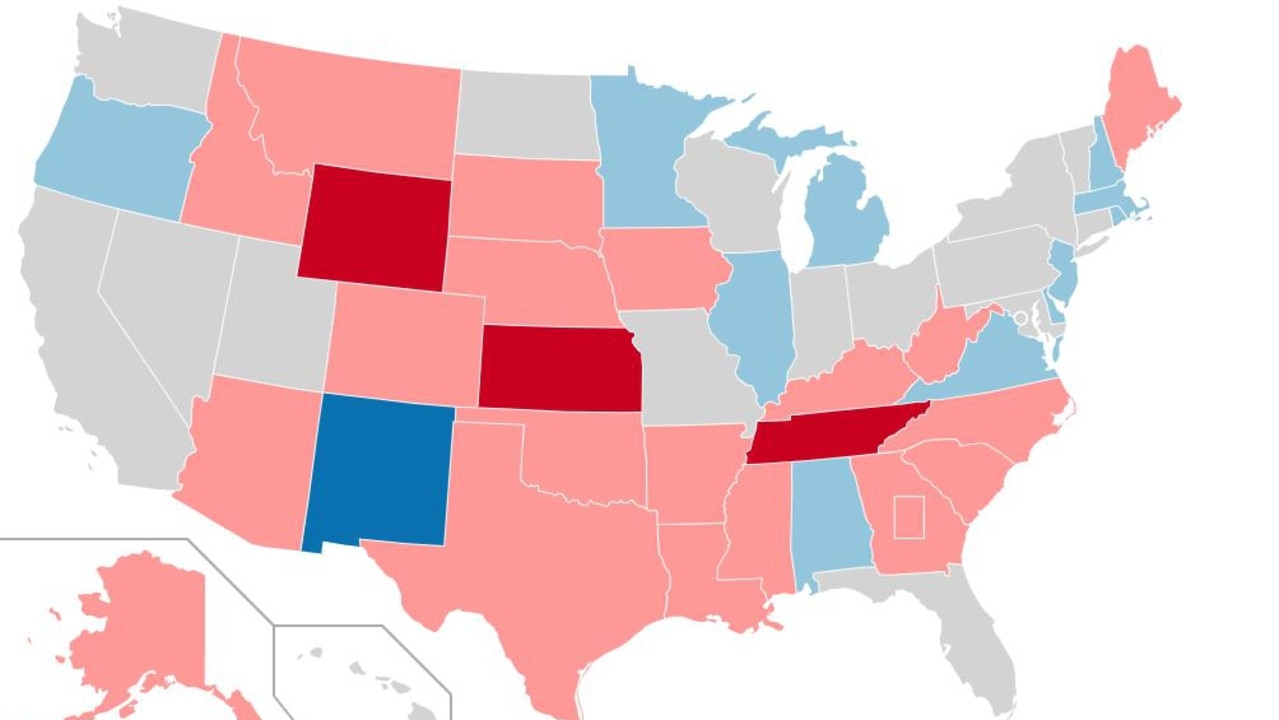
50/50 POSSIBILITY SENATE COULD CHANGE HANDS
In 2020, there are 35 seats in the running. That’s the usual 33 plus “special elections” in Arizona and Georgia that are out of synch with the election cycle but the seats need to be filled. The former was held by the late John McCain – a Republican who was no fan of Mr Trump – and in the latter the incumbent resigned.
Of those 35 seats, 23 are held by the Republicans and 12 by the Democrats, meaning Mr Trump’s party is having to defend twice as many seats as his rival.
The Democrats need four (or possibly just three) seats to flip the house and gain control. Can they do it? The answer is … maybe.
Senate Majority Leader Mitch McConnell said last week that it was anyone’s guess as to who would prevail.
“It’s a 50-50 proposition. We have a lot of exposure. This is a huge Republican class. There are dogfights all over the country.”
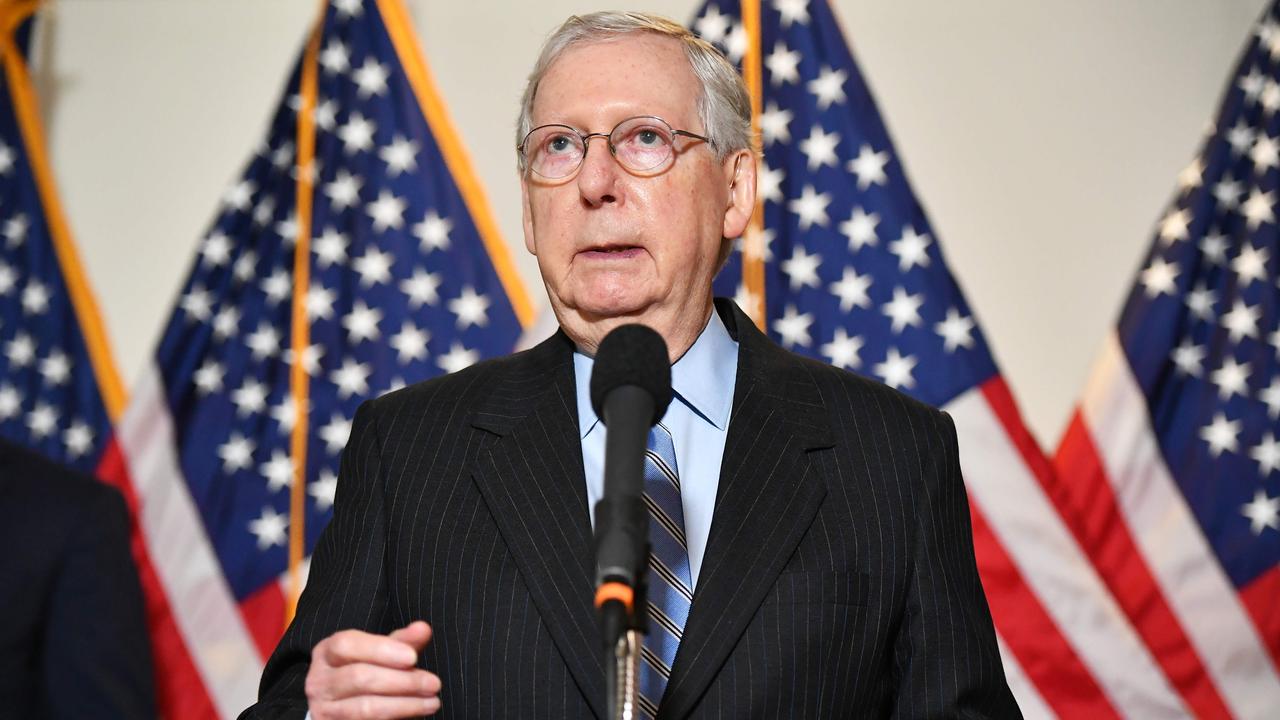
FOUR FLIPS NEEDED, OR EVEN JUST THREE
Annoyingly for Team Biden, it’s looking likely they will lose at least one senator. Doug Jones won a nailbiter of a contest in 2017’s special Senate election in conservative Alabama.
He beat incumbent Roy Moore whose campaign was rocked by allegations from several women that he made inappropriate sexual advances towards them. This time around, it looks as if Alabamians may return to the Republican fold albeit for a different candidate.
However several other seats in red states look ripe for turning blue. According to election analysis organisation The Cook Political Report, Arizona and Colorado are looking like gains for the Democrats.
A clutch of other seats are in the “toss up” category. These include two senators in Georgia and one each in North Carolina, Iowa, Maine and Montana. If any of these go red as well as Arizona and Colorado – and the Democrats win the presidency – then it’s game over for the Republicans because if the Senate is tied, the vice president gets the casting vote.
Four seats going to the Democrats will give the party an absolute majority, whatever happens in the presidential race.


“There’s a possibility that this night could be very, very bad for Republicans,” Jacob Rubashkin of Inside Elections, a nonpartisan newsletter told broadcaster Fox News.
Inside Elections has forecast four to six seats turning blue, easily handing the Dems control.
“There is an entire tier of Republican seats, where if the President’s support drops – even just a little bit – they all go,” he said.
But the most frustrating outcome for either Mr Trump or Mr Biden would be if they win the presidency and lose either or both houses.
In that case they may rule the roost, but the roost will be in no mood to play nice with the chook-in-chief.




